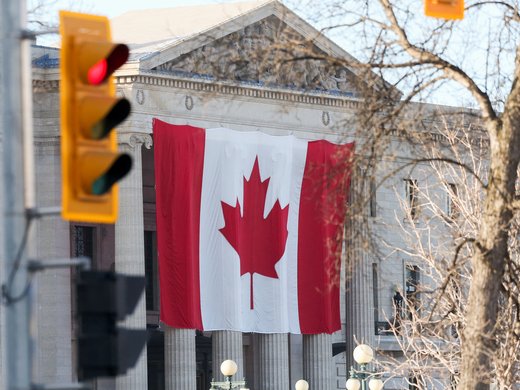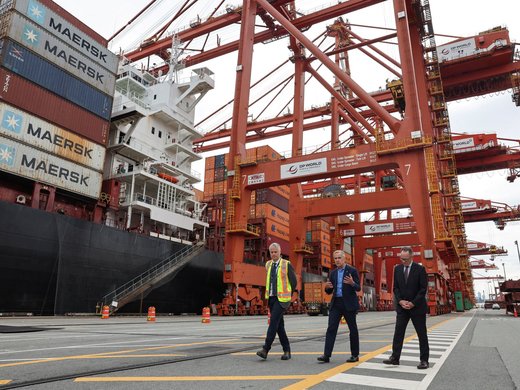On May 10, 2016, the Honourable Carolyn Bennett, Minister of Indigenous and Northern Affairs announced at the 15th Session of United Nations Permanent Forum on Indigenous Issues that Canada was now a full supporter of the United Nations Declaration of the Rights of Indigenous Peoples (UNDRIP), “without qualification.” She went on to explain that UNDRIP would be implemented in accordance with Canada’s Constitution as “through Section 35, Canada has a robust framework for the protection of Indigenous Rights.”
The United Nations Declaration on the Rights of Indigenous Peoples (UNDRIP) is a resolution of the United Nations General Assembly which was adopted on September 13, 2007 by a vote of 143 to 4 with 11 abstentions. The four states that voted against UNDRIP initially were the United States, Australia, New Zealand and Canada, all of which have large Indigenous populations. Since 2007, all four states have changed their positions and have shown qualified support for UNDRIP through statements.
The Minister received a standing ovation for her announcement, which has certainly raised the expectation that Canada is finally on the path to reconciliation with its Indigenous people. What the announcement has also raised is many legal and policy questions concerning how the government intends to ‘adopt’ and ‘implement’ the soft law declaration? Like with many policy changes, Canada’s announcement at the United Nations may garner attention, but the real policy shift waits until implementation. In this case, it would be expected that implementation of international law such as the Declaration would be legislative means, as international agreements (or soft law instruments such as UNDRIP) are not truly binding within Canada until implemented into domestic Canadian law
However, how dramatic is the policy shift between the Minister’s statement this week and Canada’s initial endorsement of UNDRIP on November 12, 2010? According to 2010 official statement:
The Declaration is an aspirational document…Although the Declaration is a non-legally binding document that does not reflect customary international law nor change Canadian laws…
Canada can interpret the principles expressed in the Declaration in a manner that is consistent with our Constitution and legal framework.
Aboriginal and treaty rights are protected in Canada through a unique framework. These rights are enshrined in our Constitution, including our Charter of Rights and Freedoms, and are complemented by practical policies that adapt to our evolving reality. This framework will continue to be the cornerstone of our efforts to promote and protect the rights of Aboriginal Canadians.
It is too soon to determine whether the “without qualification” announcement from Minister Bennett is the radical shift from the previous government’s endorsement that it is touted to be. The Minister’s statement also heavily referenced the Constitution, in particular Section 35, the section where existing aboriginal and treaty rights of the aboriginal peoples of Canada were recognized and affirmed. The emphasis on Section 35 of the Constitution has concerned some Indigenous leaders, such as Natan Obed, president of the Inuit Tapiriit Kanatami (ITK) who released a statement signaling his disappointment with the government’s reliance on the rights provided by Section 35, which ITK sees as “the legal floor upon which to build.” This is in contrast to Canada’s statement that constitution obligations serve to fulfil all the principles of UNDRIP, including Free and Prior Informed Consent. This aspect of the Minister’s announcement may come as a surprise to many who thought that Section 35 required a duty to consult, but not a requirement for consent, except in situations where Aboriginal title was clearly established. Notably, the Minister went on to say that Canada sees “…modern treaties and self-government agreements as the ultimate expression of FPIC among partners.” Indigenous partners may question that understanding of FPIC.
Although the requirement for consent is the focus of so much attention, implementation of UNDRIP promises many more rights for Canada’s Indigenous people beyond potential vetoes for individual projects on traditional lands. Language, culture and self-determination are other aspects of UNDRIP that will have to be considered during the implementation process. Article 19 of UNDRIP also imports the concept of FPIC into the legislative process, where there is proposed legislation that may affect Indigenous peoples. In a poorly timed action, just a few days after supporting UNDRIP at the United Nations, Canada will be at the Federal Court of Appeal, appealing a decision that determined that there was a limited duty to consult the Mikisew Cree First Nation during the legislative process for an Omnibus Bill. It would seem in the proposed implementation of UNDRIP, that there remains a large gap between Canada’s words and actions.


